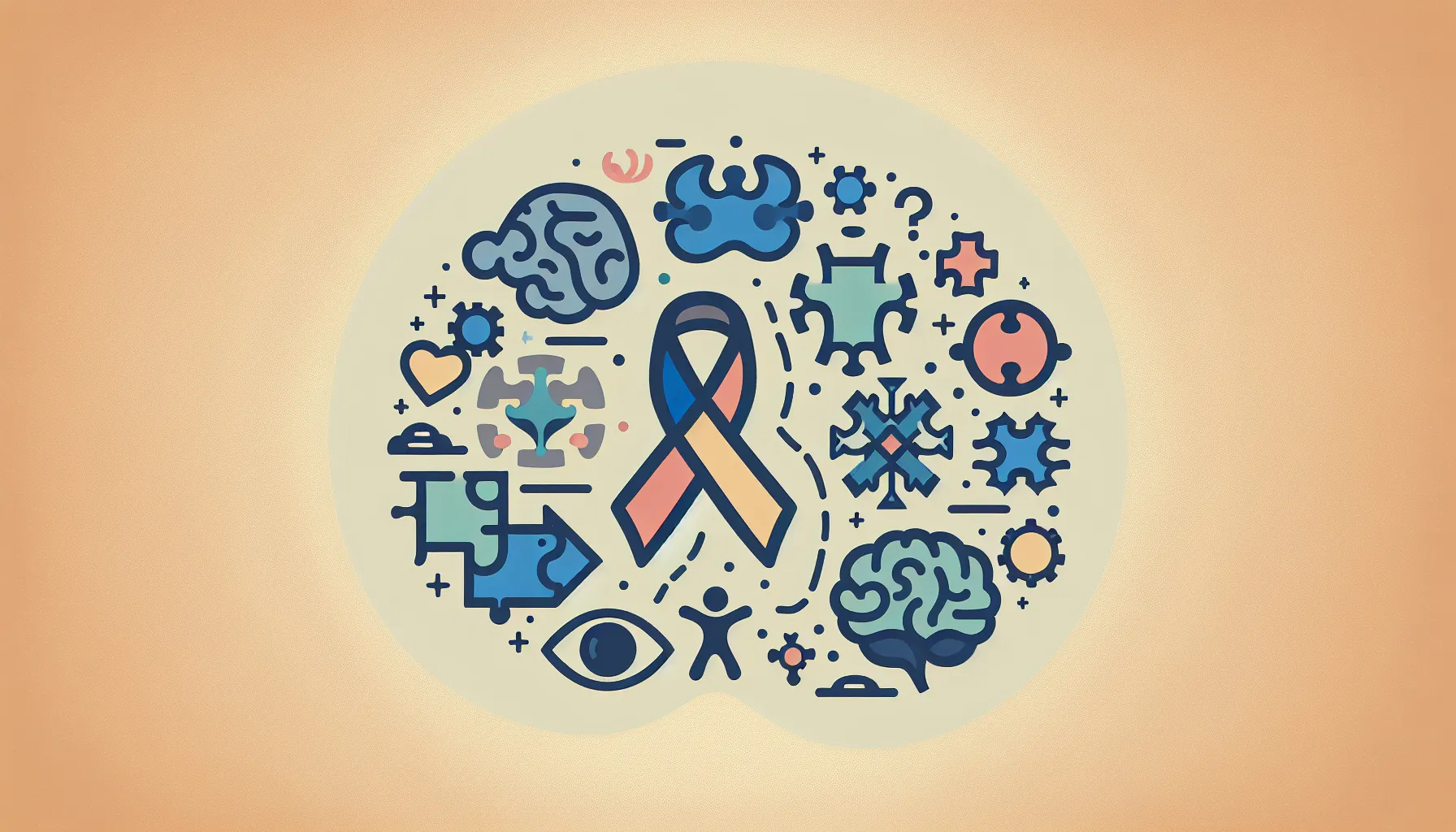Naturalistic Teaching ABA
Discover naturalistic teaching ABA for engaging, individualized autism therapy that enhances communication skills.
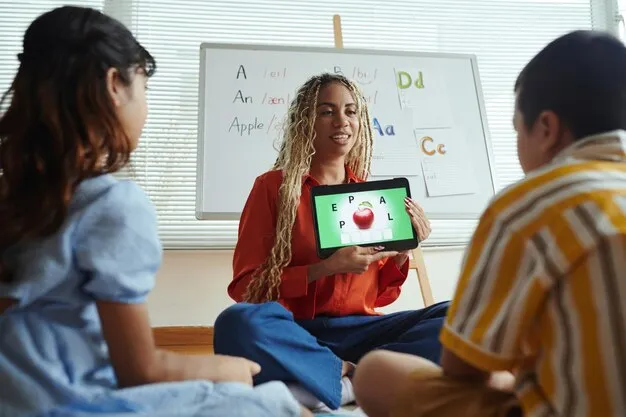
Understanding Naturalistic Teaching
Naturalistic teaching, an extension of Applied Behavior Analysis (ABA) therapy, takes a more holistic and adaptive approach to therapy for individuals with autism. This method focuses on the natural environment surrounding the child, promoting opportunities to apply learned skills in everyday routines. The goal is to enhance independence and autonomy in a supportive setting, allowing the individual to engage meaningfully with their surroundings.

Holistic Approach in Therapy
The holistic approach of naturalistic teaching in ABA emphasizes personalization, play-based interventions, and the generalization of skills across various settings. This creates an engaging and effective learning experience for individuals with autism. Key components of this strategy include:
Naturalistic teaching strategies not only improve retention of skills but also boost attentiveness and receptiveness to instruction. By focusing on activities that are meaningful to the individual, therapy sessions become more enjoyable and productive, leading to better overall outcomes. This approach encourages involvement from family members, allowing parents, siblings, and grandparents to participate in the learning process, fostering a nurturing and collaborative environment.
The holistic nature of naturalistic teaching ensures that individuals with autism receive a customized educational experience that is both practical and engaging. For more insights on autism therapy, individuals may explore resources related to speech delay vs autism or errorless learning.
Benefits of Naturalistic ABA1
Naturalistic ABA therapy provides numerous advantages for individuals with autism. This approach enhances the overall learning experience by integrating practical methodologies and focusing on individualized strategies.
Practical and Engaging Methods
Naturalistic teaching, as an extension of Applied Behavior Analysis (ABA) therapy, adopts a more holistic and adaptive framework. This method emphasizes the child's natural environment, facilitating opportunities to apply learned skills in everyday situations. In doing so, it promotes autonomy and independence [1].
Naturalistic ABA is characterized by practical and enjoyable methods that improve the generalization of skills. The therapy utilizes naturally occurring activities as reinforcement, making learning relevant and fun. Additionally, it allows for family involvement, encouraging engagement from parents, siblings, and grandparents through basic training provided by the therapists [1].
FeatureBenefitNatural EnvironmentEncourages real-world application of skillsFamily InvolvementEnhances support and understanding at homeFun ActivitiesIncreases motivation and engagement
Individualized Learning Focus
A fundamental strength of naturalistic teaching strategies in ABA therapy lies in their focus on individualized learning. This approach tailors the therapy to the unique strengths, interests, and learning styles of the individual with autism. Such personalization enhances engagement, helping individuals to progress more effectively in skill development [2].
Naturalistic strategies also incorporate activities and materials that resonate personally with individuals, which fosters attentiveness and receptiveness to instruction. By following the child's lead and using natural reinforcement techniques, this therapy creates a supportive, engaging-learning environment [2].
Key ComponentImpactIndividualized FocusEnhances motivation and resultsFollowing Child’s LeadPromotes engagement and receptivenessNatural ReinforcementEncourages authentic learning opportunities
Through these practical methods and individualized learning focuses, naturalistic ABA therapy effectively supports individuals with autism in achieving meaningful skill acquisition and generalization.

Techniques in Naturalistic Teaching2
Naturalistic teaching methods play a significant role in the applied behavior analysis (ABA) approach. They emphasize learning in natural settings and incorporate techniques that cater to the individual needs of individuals with autism. This section will explore three key techniques used in naturalistic teaching: incidental teaching, pivotal response training, and the natural language paradigm.
Incidental Teaching
Incidental Teaching is an evidence-based naturalistic teaching method aimed at enhancing a child's motivation to speak. It encourages conversation based on the child's interests and activities through prompting and reinforcement techniques. By focusing on opportunities that arise naturally, therapists can promote communication in a way that is engaging and meaningful to the child.
The following table summarizes the features of incidental teaching:
FeatureDescriptionFocusChild’s interests and activitiesTechniques UsedPrompting and reinforcementGoalIncrease motivation and language use
Pivotal Response Training
Pivotal Response Training (PRT) is another effective naturalistic intervention. It focuses on addressing the underlying causes of behaviors, such as motivation, social interactions, and self-regulation. By targeting these key areas, PRT aims to create broad changes in behavior rather than concentrating on individual behaviors alone. This approach allows for more significant improvements in communication and social skills [3].
The table below outlines the characteristics of pivotal response training:
FeatureDescriptionFocusUnderlying behavior causes (motivation, social interaction, self-regulation)GoalAchieve broad behavioral changesApproachNaturalistic, play-based interactions
Natural Language Paradigm
The Natural Language Paradigm (NLP) is particularly beneficial for non-verbal children. This method involves face-to-face interactions, where therapists model play and language skills. Therapists provide choices, prompt communication, and reward communication attempts, facilitating a supportive learning environment [3].
The following table highlights important aspects of the natural language paradigm:
FeatureDescriptionTarget AudienceNon-verbal childrenFocusFace-to-face interaction, modeling language skillsTechniques UsedChoice-making, prompting, and providing rewards
By utilizing these techniques, naturalistic teaching in ABA can effectively promote communication and skill development for individuals with autism. Each method offers unique benefits tailored to the individual’s needs, helping them engage more fully in their learning experiences. For a deeper understanding of skill building, you can explore related topics such as errorless learning or speech delay vs autism.
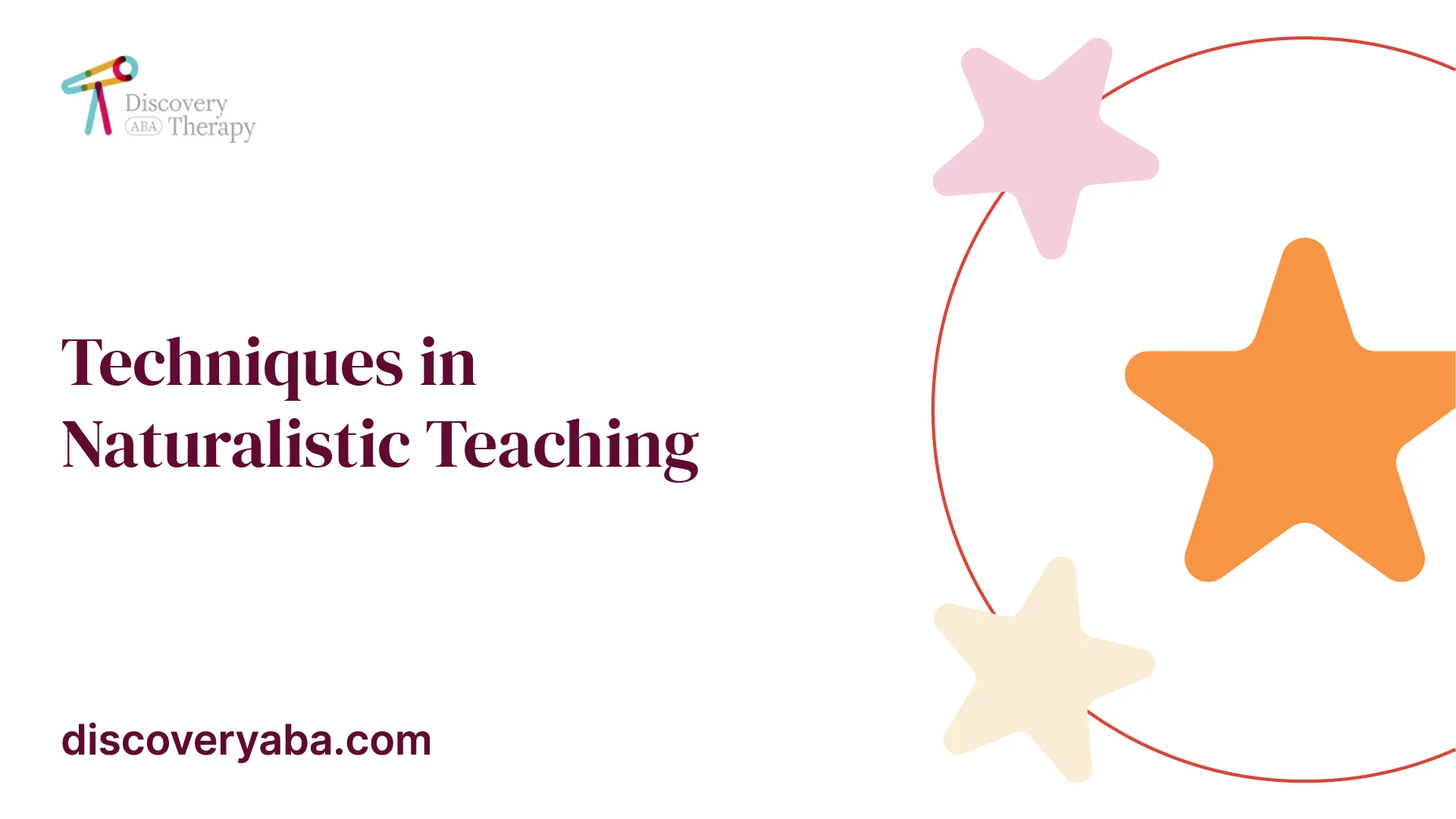
Importance of Individualization
Individualization plays a crucial role in the success of naturalistic teaching within Applied Behavior Analysis (ABA) therapy. By recognizing and addressing the unique strengths and needs of each individual, practitioners can create more effective and engaging learning experiences.
Tailoring to Unique Strengths
Naturalistic teaching strategies emphasize the importance of tailoring learning experiences to the unique strengths, interests, and learning styles of individuals with autism. This personalized approach allows therapists to focus on what each person does best, making the learning process more effective. According to Gold Star Rehabilitation, this method creates engagement and allows for greater progress in skill development.
For instance, if a child shows a keen interest in animals, the therapist might incorporate animal-themed activities into the learning sessions. By aligning teaching methods with the child’s interests, individuals are more likely to engage, leading to enhanced learning outcomes.
StrengthsLearning ActivitiesInterest in animalsAnimal-themed storytelling, role playGood visual memoryPicture-based instructions, visual schedulesEnjoyment of musicSong-based learning, rhythm games
Enhancing Engagement and Progress
Engagement is vital for successful learning, especially for individuals with autism spectrum disorder (ASD). Naturalistic teaching strategies actively involve the learner by incorporating their interests into therapy sessions. This approach not only captures the child's attention but also promotes meaningful interactions that enhance social engagement and communication skills [4].
By following the child's lead during activities, therapists can foster a connection that encourages participation. For instance, if a child demonstrates interest in a particular toy, the therapist can use that toy as a tool for teaching language, turn-taking, and other communication skills. This tailored engagement ultimately leads to more efficient progress, as identified in studies suggesting that individualized learning in naturalistic contexts leads to greater involvement and investment in the learning process [5].
As naturalistic techniques are implemented, not only are they adaptable to the learner’s interests, but they also address specific skill areas that require particular attention. This individualization fosters a supportive environment conducive to developing essential social skills such as initiating conversations and maintaining eye contact, crucial for broader social interaction [3].
For more information on naturalistic teaching methods, consider exploring related topics such as the speech delay vs autism and prompt hierarchy in ABA for understanding communication development and strategies.
Strategies for Skill Generalization
Effective strategies for skill generalization are essential in naturalistic teaching within ABA therapy. These strategies help individuals with autism apply learned skills in various settings and contexts, enhancing their overall development. Two key approaches are real-life application and structured play-based activities.
Real-life Application
Real-life application involves integrating learning experiences into everyday situations. This method allows individuals with autism to practice and reinforce skills in a familiar context, promoting the transfer of knowledge. By utilizing natural environments, these strategies create personalized and engaging learning experiences, which enhance skill generalization [4].
Some effective examples of real-life application include:
ScenarioSkill PracticedGrocery shoppingMoney management, communication, decision makingSocial gatheringsSocial interaction, conversational skillsCooking at homeFollowing instructions, measuring, safety awareness
Incorporating these real-life activities provides opportunities for individuals to develop and practice skills in a meaningful context, making learning more relevant and engaging.
Structured Play-based Activities
Structured play-based activities facilitate learning in a fun and enjoyable way. By incorporating elements of play into the teaching process, individuals with autism can engage more fully, enhancing motivation and attentiveness. These activities can also be tailored to the individual's interests, promoting a more personalized approach to learning [2].
Examples of structured play-based activities include:
ActivitySkills TargetedInteractive gamesTurn-taking, sharing, communicationRole-playing scenariosSocial skills, problem-solvingArt and craft projectsFine motor skills, creativity, following instructions
By integrating structured play into learning, individuals can practice skills within a supportive and engaging framework. This approach not only enhances skill acquisition but also fosters a positive attitude toward learning.
Naturalistic teaching strategies aimed at skill generalization enable individuals with autism to apply what they have learned in different settings, promoting independence and confidence. These techniques, including real-life applications and structured play-based activities, align well with the principles of naturalistic teaching aba, ensuring that the needs of each individual are met effectively.
Impact on Communication Skills
Naturalistic Teaching ABA is effective in enhancing communication skills for individuals with Autism Spectrum Disorder (ASD). This approach aims to foster language development and improve social interaction through engaging and practical strategies.
Promoting Language Development
Naturalistic teaching strategies leverage everyday situations to promote language skills by integrating learning into the child's routine and interests. These methods encourage expressive and receptive language development in a more meaningful context. By capitalizing on natural prompts and the child's preferences, language acquisition becomes a natural part of daily activities rather than a separate task.
The following table summarizes how naturalistic teaching promotes language development:
StrategyImpact on Language DevelopmentEngagement in RoutineEncourages spontaneous language use in familiar settings.Natural ContextsFacilitates vocabulary expansion through relevant experiences.Reinforcement of CommunicationMotivates children to communicate by rewarding their efforts.
Enhancing Social Interaction
Naturalistic teaching methods also significantly improve social skills in individuals with ASD. By utilizing real-life situations, such as interactions during play or everyday conversations, these methods help individuals learn appropriate social behaviors and communication styles. Studies show that incorporating natural situations into therapy provides more opportunities for practice, which can lead to improved engagement with peers and adults alike [3].
EnvironmentSocial Interaction Skills EnhancedPlaygroundEncourages sharing, turn-taking, and group play.HomePromotes family conversations and collaborative tasks.Community SettingsFosters interactions with peers in a real-world context.
Naturalistic teaching emphasizes learning within authentic social contexts. This approach is gaining popularity due to its effectiveness in helping individuals with ASD develop meaningful communication and social interaction skills. For more insights on practical application, consider exploring speech delay vs autism or strategies related to jobs for autistic people.
References
[2]:
[3]:
[4]:
[5]:
Does Your Child Have An Autism Diagnosis?
Learn More About How ABA Therapy Can Help
Find More Articles
Contact us
North Carolina, Tennessee, Nevada, New Jersey, Utah, Virginia
New Hampshire, Maine
Massachusetts, Indiana, Arizona, Georgia
.avif)















.jpeg)



























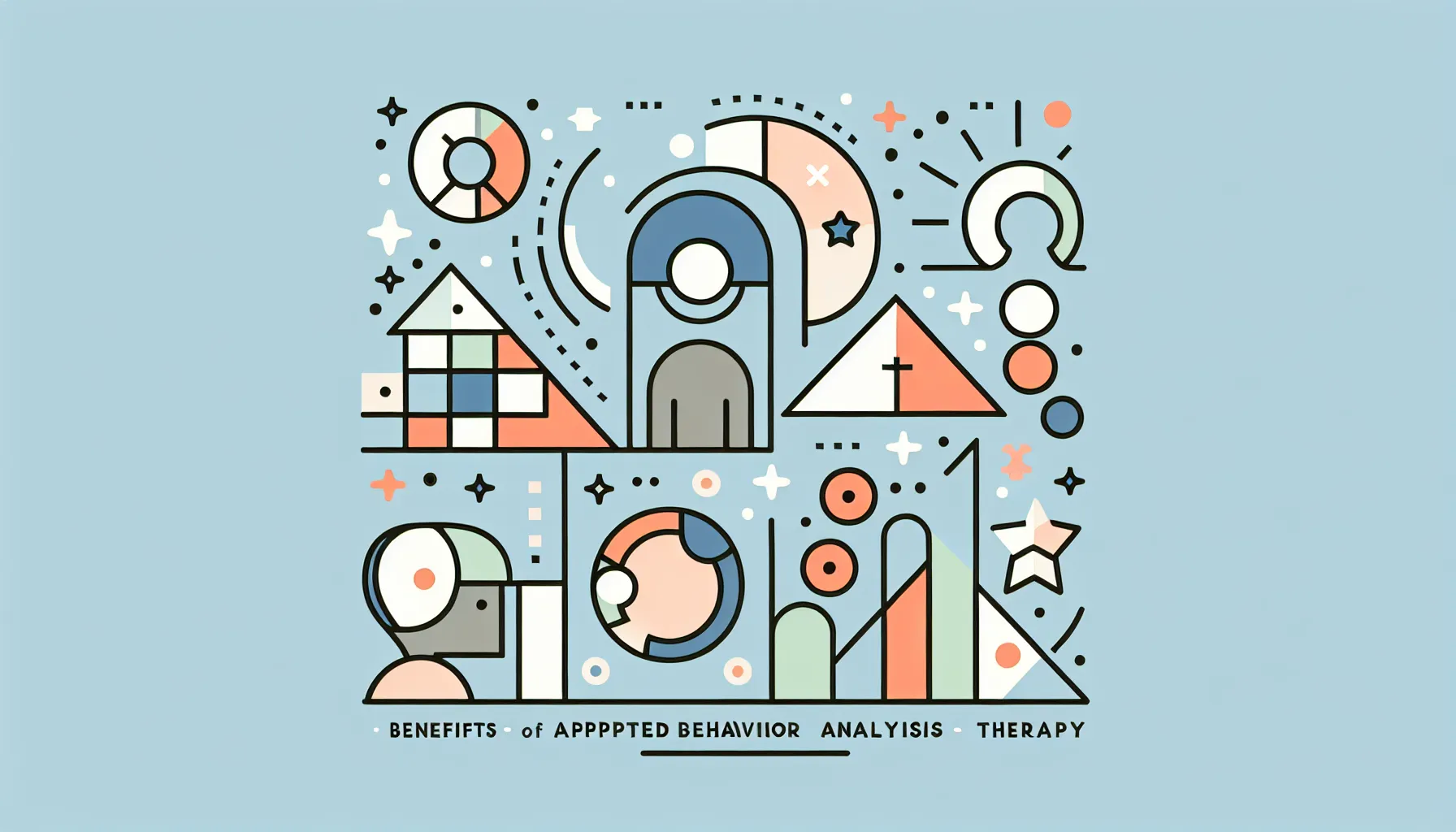






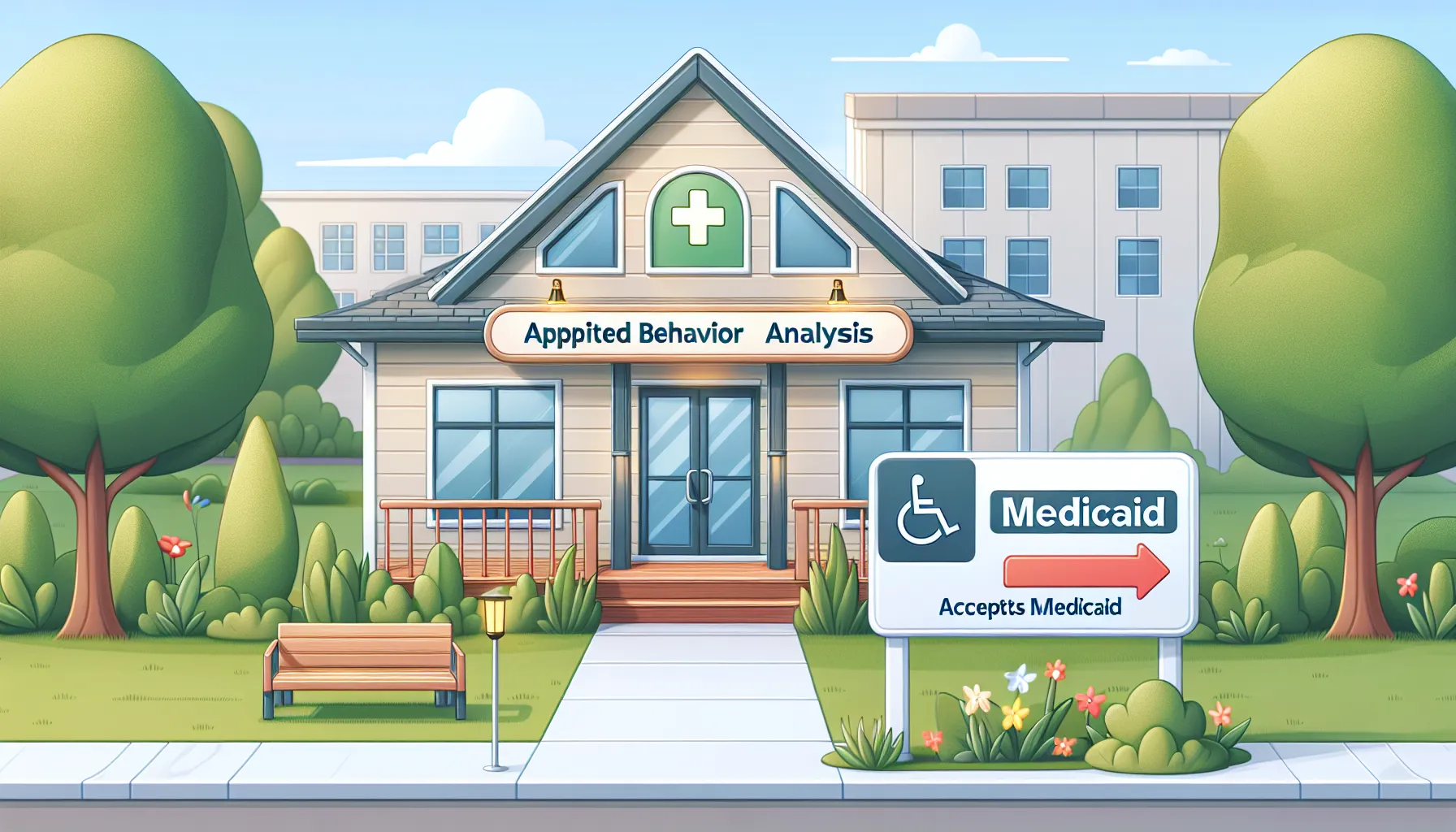




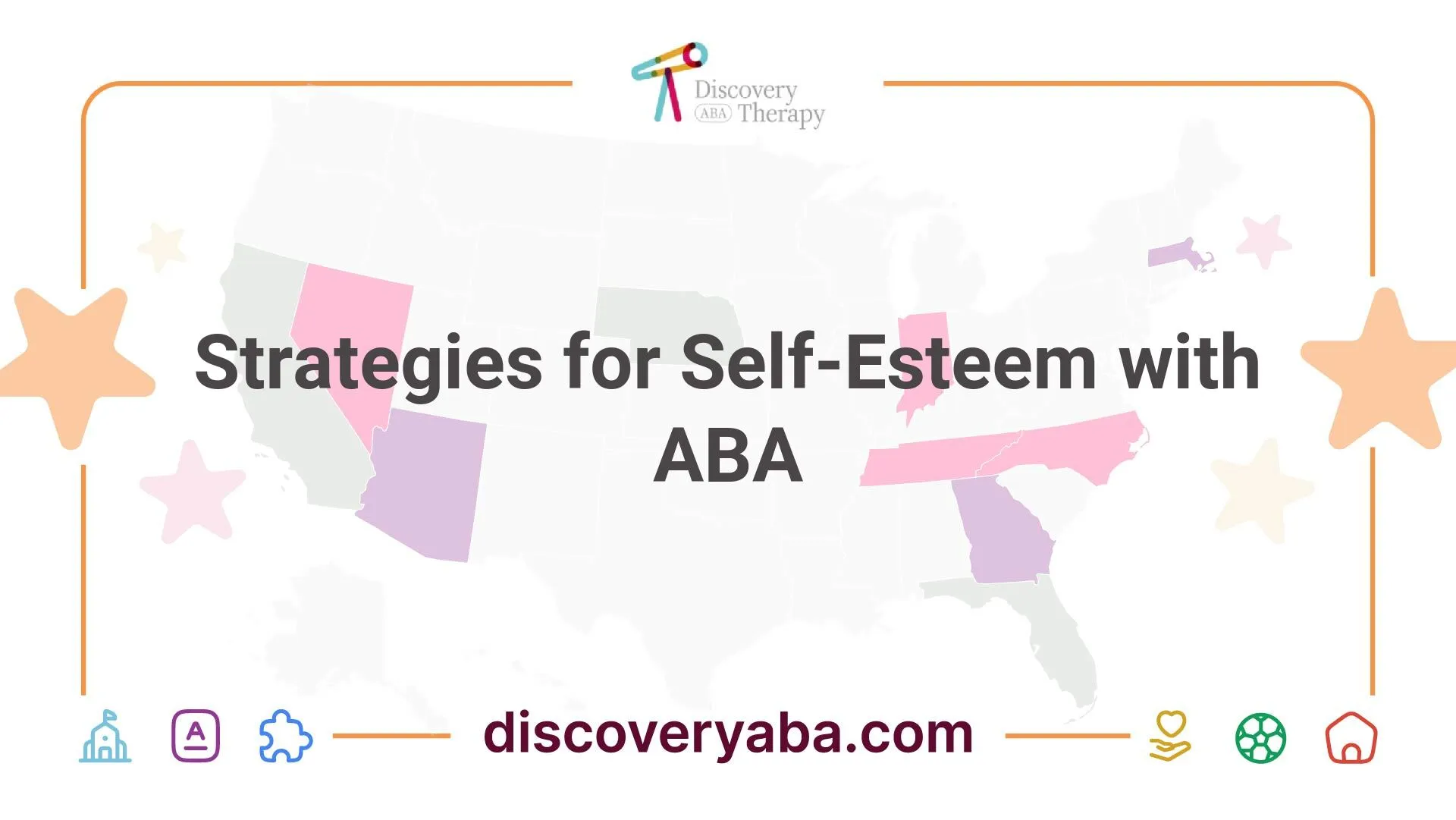




.jpeg)
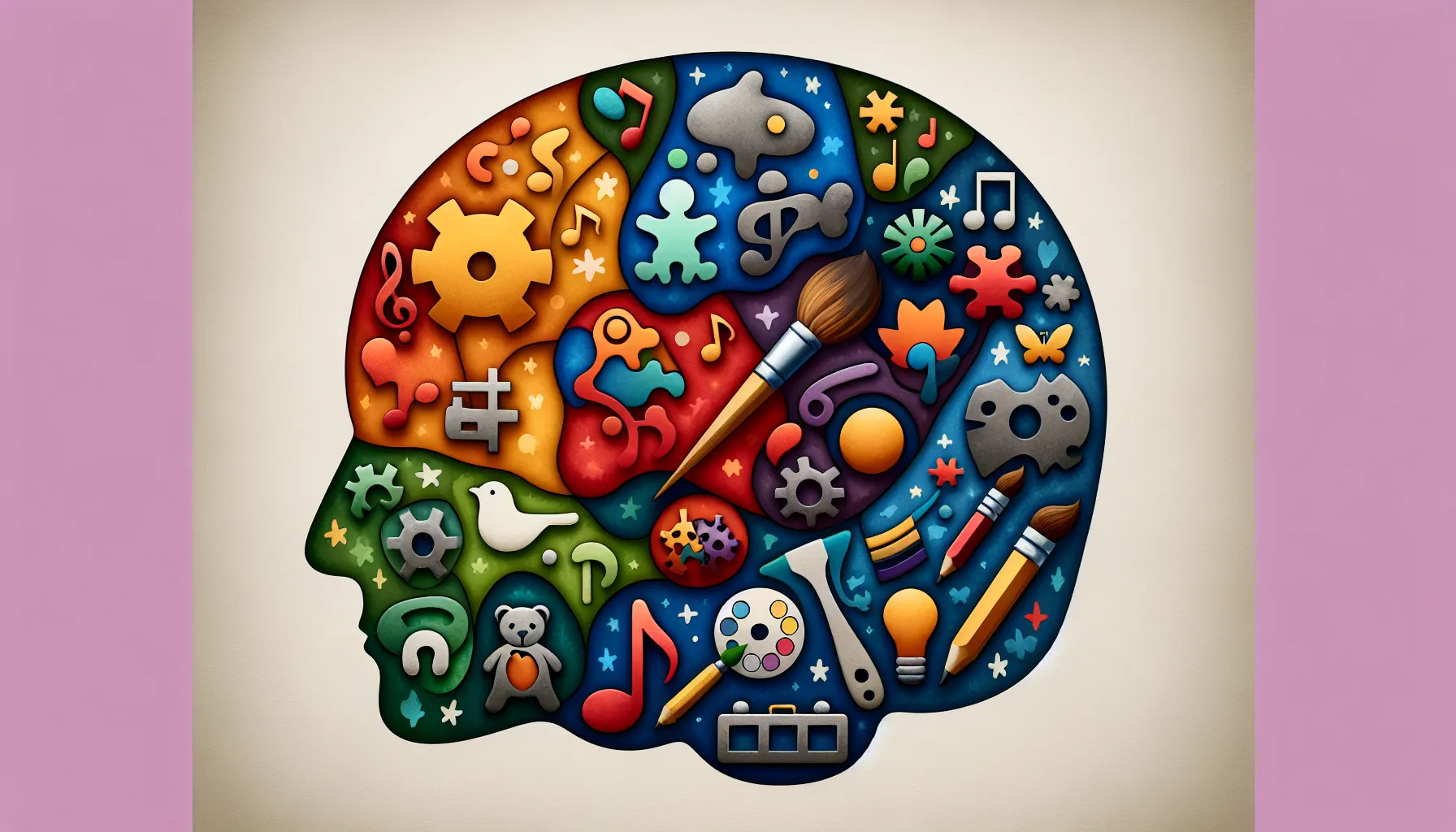

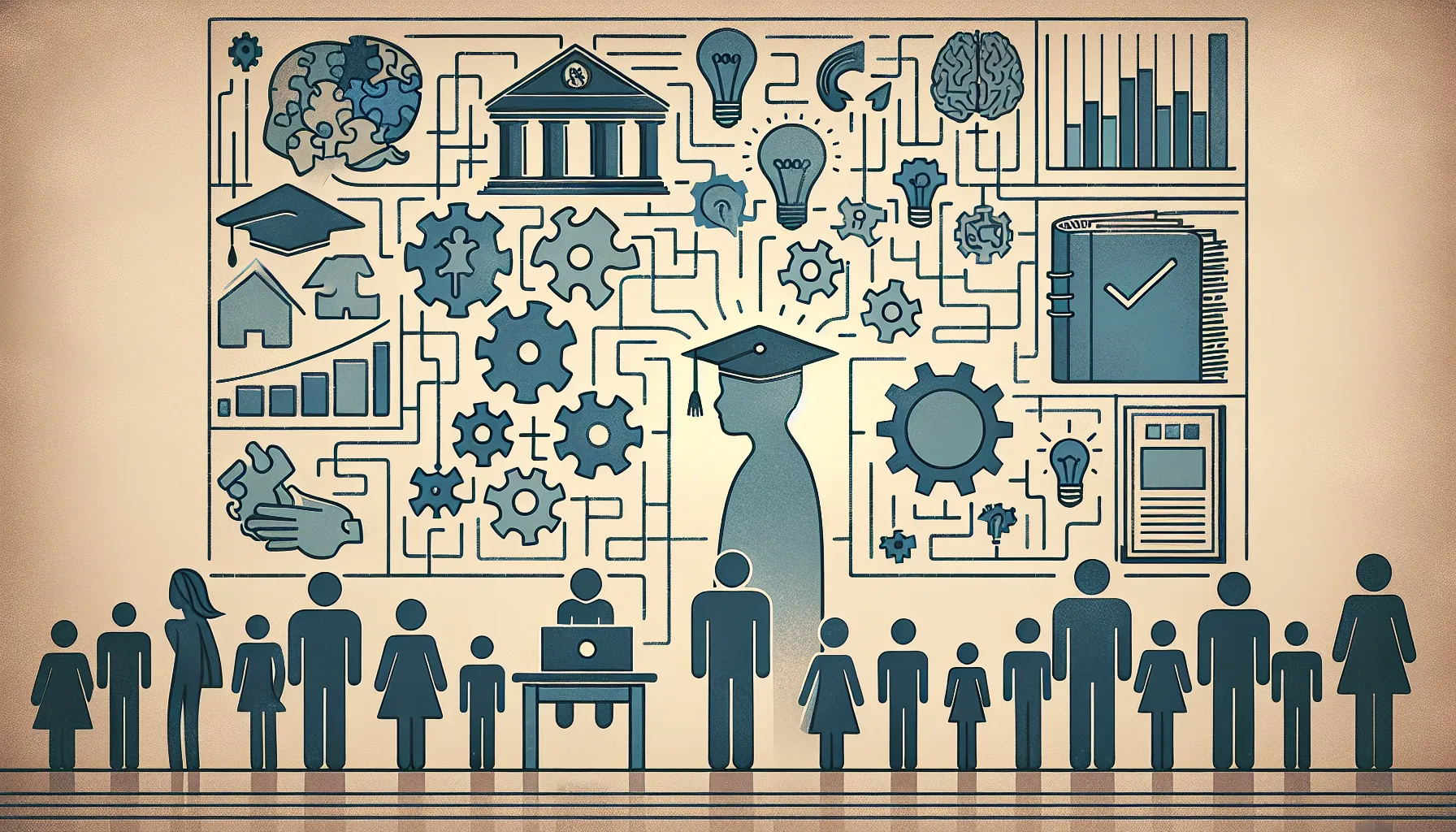




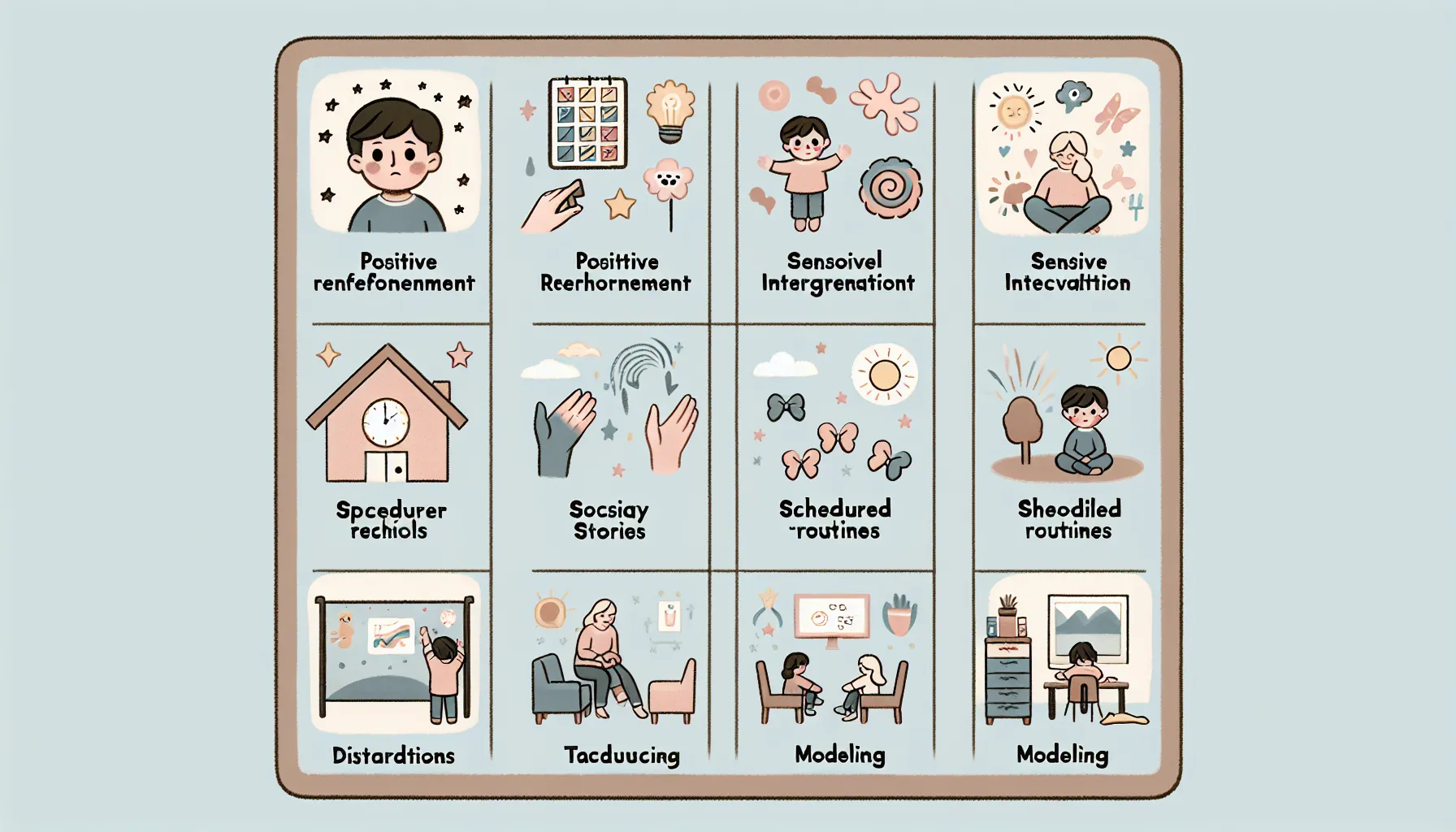

.jpeg)
.jpeg)



.jpeg)




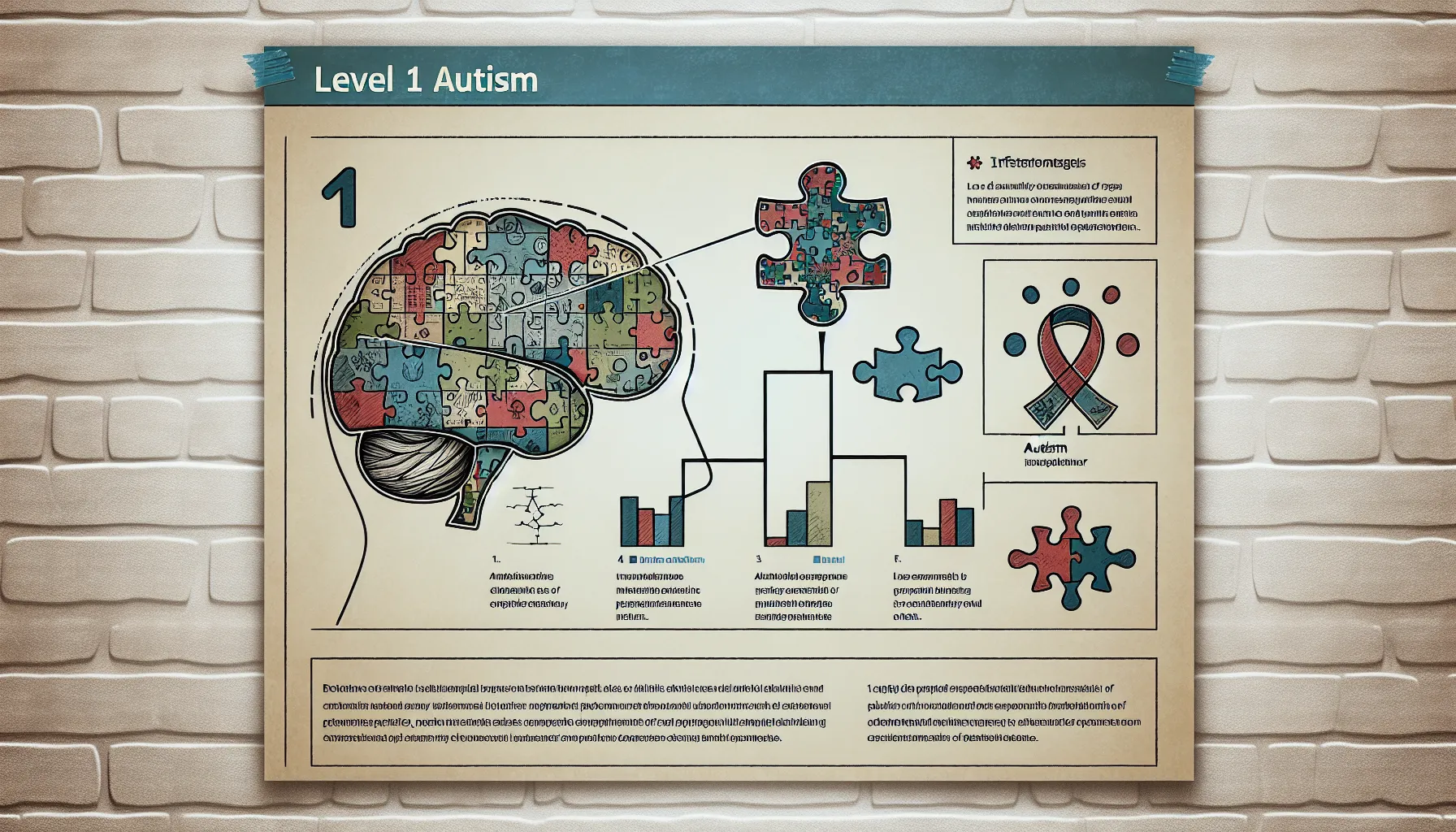











.jpeg)
.jpeg)



.jpeg)
.jpeg)
